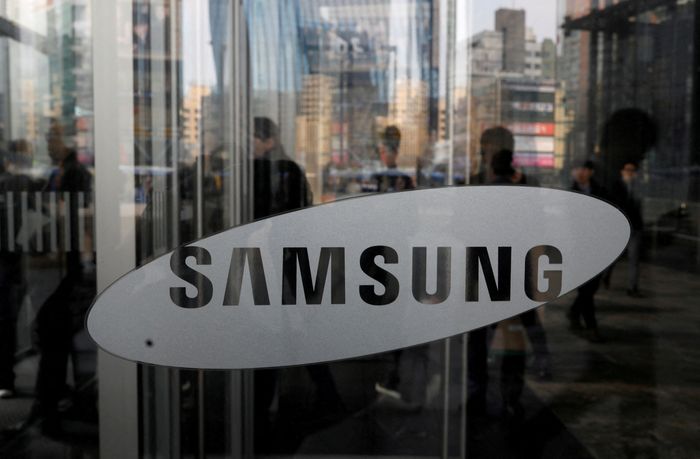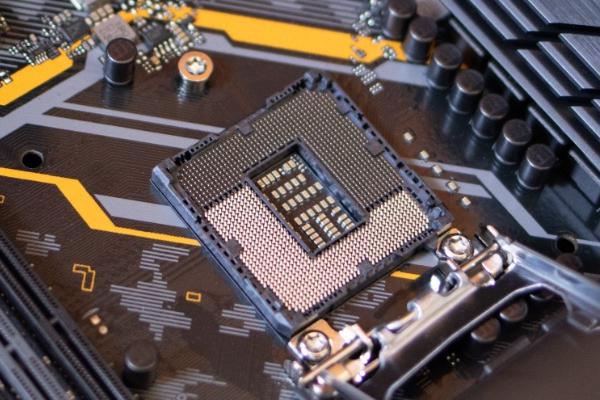Amidst the intensifying global competition in the semiconductor industry, the strike at Samsung Electronics has not only exposed internal labor disputes but also reflects the broader challenges and dilemmas faced by the entire sector. This article will provide a comprehensive analysis of the underlying causes of the Samsung strike, its impact on the global supply chain, and the new challenges confronting the semiconductor industry, as well as future directions for development.

Underlying Causes of the Samsung Electronics Strike
The national union of Samsung Electronics (NSEU) initiated the strike due to the breakdown of salary negotiations, marking the first in the company's history. The union's demand for a 6.5% salary increase significantly exceeds the company's proposed 5.1%, and they also seek additional annual leave and a more transparent performance bonus measurement standard. Behind the strike lies the dissatisfaction of employees who feel that the company's performance growth has not been adequately reflected in their individual compensation.
Impact on the Global Semiconductor Supply Chain
As the world's largest producer of memory chips, the strike action at Samsung Electronics could pose a threat to the global semiconductor supply chain. The market reacted swiftly, with Samsung's stock price falling 3.1% at one point, and the decline since April exceeding 10%. This incident highlights the vulnerability of the global semiconductor industry's supply chain and the risks of over-reliance on a single manufacturer.
Sharp Decline in Samsung Electronics' Performance
Samsung Electronics' operating profit for the fiscal year 2023 plummeted by 84.86%, marking the lowest level since the global financial crisis of 2008. This steep decline in performance was primarily affected by both the semiconductor and smartphone businesses, with the semiconductor business, one of the company's pillars, suffering substantial losses in 2023.
New Challenges in the Semiconductor Industry
The semiconductor industry is currently facing severe challenges. Under the multiple impacts of a slowing global economy, intensified technological competition, and geopolitical factors, market demand is weak, and competition is increasingly fierce. Samsung Electronics' semiconductor business recorded a massive loss in 2023, exceeding expectations and setting a record-high loss in the company's semiconductor business history.

Shareholders and Management's Position
Samsung Electronics' shareholders have responded indifferently to the union's demands, believing that the union's requests may hinder the company's growth potential, especially in the context of intense competition with tech giants in the global market. Moreover, despite record revenue in 2021, the demands made by employees and the union on the company were deemed excessive, leading to management's refusal to accept them.
Future Prospects and Strategies
Faced with current challenges, Samsung Electronics needs to take effective measures to stabilize internal labor relations and actively respond to changes in the external market. The company plans to enhance the competitiveness of its semiconductor business by strengthening research and development, optimizing product portfolios, and improving production efficiency. Additionally, Samsung Electronics is seeking cooperation with other technology companies to jointly address market challenges.
The strike at Samsung Electronics is not only a manifestation of internal conflicts but also a microcosm of the dilemmas faced by the semiconductor industry. With the continuous changes in the global economic and political landscape, how the Korean semiconductor industry, and the global semiconductor industry as a whole, can break through difficulties and achieve transformation and upgrading will be the key to their future development. This strike event, whether for Samsung Electronics or the global semiconductor industry, serves as a significant signal worthy of attention and contemplation.
Recommended IC Models
Finally, several recently popular integrated circuits (ICs) from more main manufactures are briefly introduced.
l EPF10K50RC240-4 is a field-programmable gate array (FPGA) productfrom Altera /Intel. The FPGA is used in medical instruments, Communication, Video signal processing and image processing.
l DSPIC30F2010-30I/SO, a 16-bit digital signal controller (DSC) manufactured by Microchip Technology, is designed for motor control and other industrial applications that require high performance processing power, high integration, and powerful peripheral functions.
l SLA7083MPR is a single-pole dual-phase stepper motor driver IC by Sanken. It is mainly used to drive DC motors or stepper motors, and designed for stepper motor drive.
l CSR8670C-IBBH-R is a Bluetooth audio system-on-chip (SoC) from Qualcomm, Used in wireless audio transmission and control, Bluetooth audio, smart TV, audio equipment wireless connection function.
Website: www.conevoelec.com
Email: info@conevoelec.com








